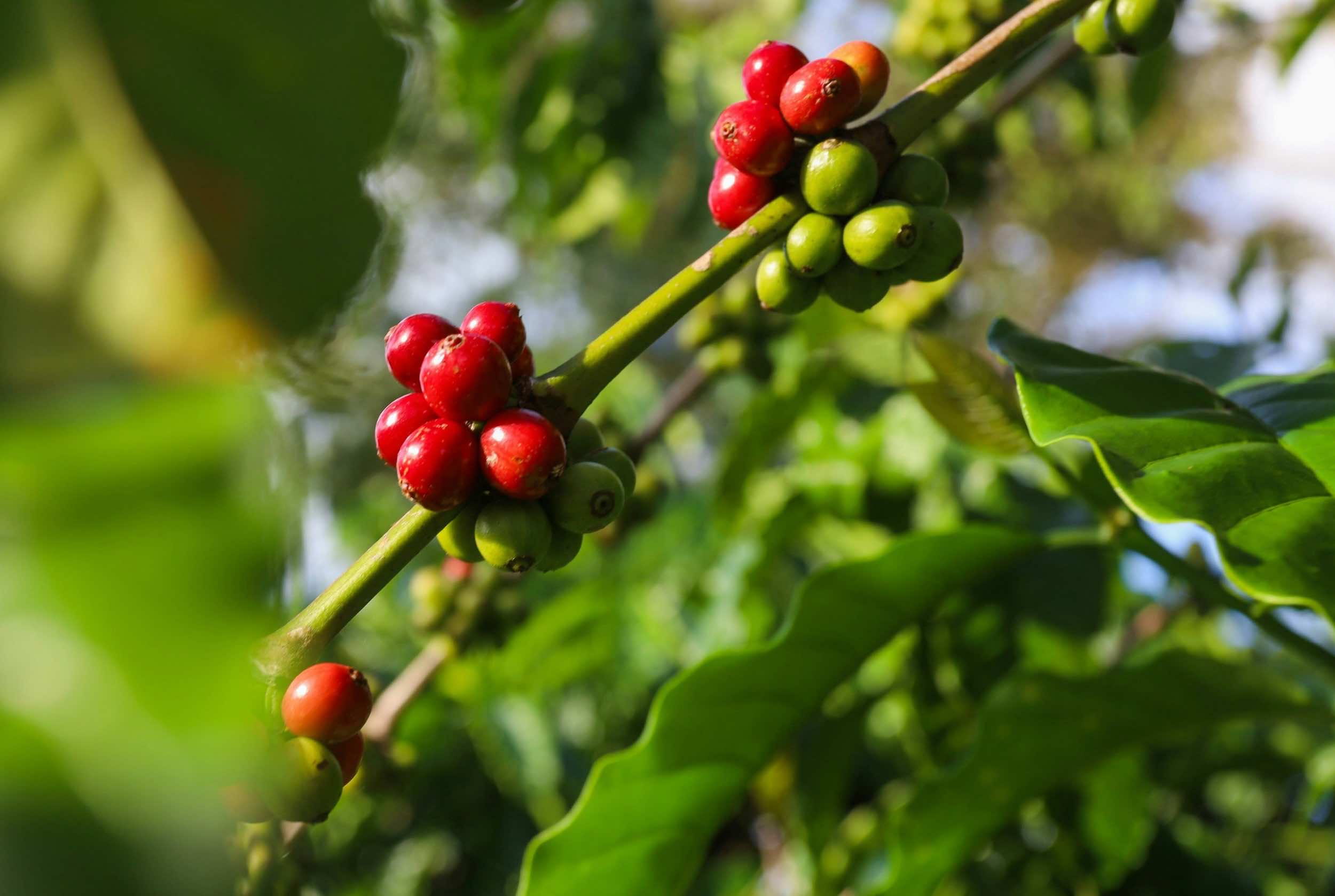Robusta beans hit an all-time high in April. Arabica beans make up about 60 percent of the market, but Robusta can be grown in more environments and has been growing in popularity. Climate change along with new varieties and refined production have created more demand for Robusta.
What is the difference between Robusta and its rival, Arabica?
Robusta is a variety of Coffea canephora that became known to the Western world near the end of the 1800s, about one hundred years after Arabica. Robusta is “a robust” bean and can be grown in more environments than Arabica.
Europeans recognized the market potential for robusta beans as colonists established coffee plantations in Africa in the late 1800s. Robusta plants have more caffeine naturally which allows them to repel pests better and resist diseases like leaf rust. Robusta can thrive at lower elevations and higher temperatures and more humidity than Arabica, giving them a commercial advantage, especially in an age of global warming.
Arabica beans are native to Ethiopia where they naturally grow in fertile forests and generally thrive at higher altitudes. They are delicate plants and require extra effort and skill to grow and process. Arabica has traditionally been thought to be the “better” and so is priced higher. Arabica is thought to have more sweetness, a wider range of flavors and to have more complex flavors.
Vietnam is the biggest producer of Robusta where it was introduced by the French in 1908. It made its way to South America in the 1930s. Vietnam is the largest producer of Robusta today and accounts for about a third of the world’s production. 1.
Over 90% of the global Robusta production comes from Vietnam, Brazil, Indonesia, Uganda, and India. However, rising temperatures and climate change have prompted previously Arabica-only countries like Mexico, Nicaragua, Guatemala, and Colombia to explore growing Robusta too. 1.
Changes are coming.
 The global demand for coffee has been rising and Robusta’s versatility and resilience have made it increasingly important for the market. Besides the fact that it is truly a more robust bean, market growth has created opportunities to create differentiation within the single variety.
The global demand for coffee has been rising and Robusta’s versatility and resilience have made it increasingly important for the market. Besides the fact that it is truly a more robust bean, market growth has created opportunities to create differentiation within the single variety.
Coffee’s quality and flavor are determined most by how the beans are processed. Better farming practices and education have provided opportunities to create premium tiers of Robusta coffee. Applying some of the techniques saved for the more expensive Arabica beans has led to better results.
Implementing best practices will result in harvesting ripe Robusta cherries, sorting out defects, and experimenting with processing methods. These practices were previously reserved for Arabica production. Considering Robusta’s thicker layers of mucilage that can increase the risk of overfermentation, carefully washed processing or microorganism-assisted fermentation can help. Experiments in processing have been effective in minimizing off-flavors and have yielded brighter Robusta cup profiles. 1.
Will Robusta overtake Arabica?
Of course, there are other species of coffee that have not become so commercially available. We wrote last year about a promising heirloom species you should read about if you haven’t, in our article Introducing A Climate Change Resistant Coffee Bean. But for the foreseeable future, it will remain a duel between Arabica and Robusta, and a betting man might prefer to choose Robusta.


Recent Comments